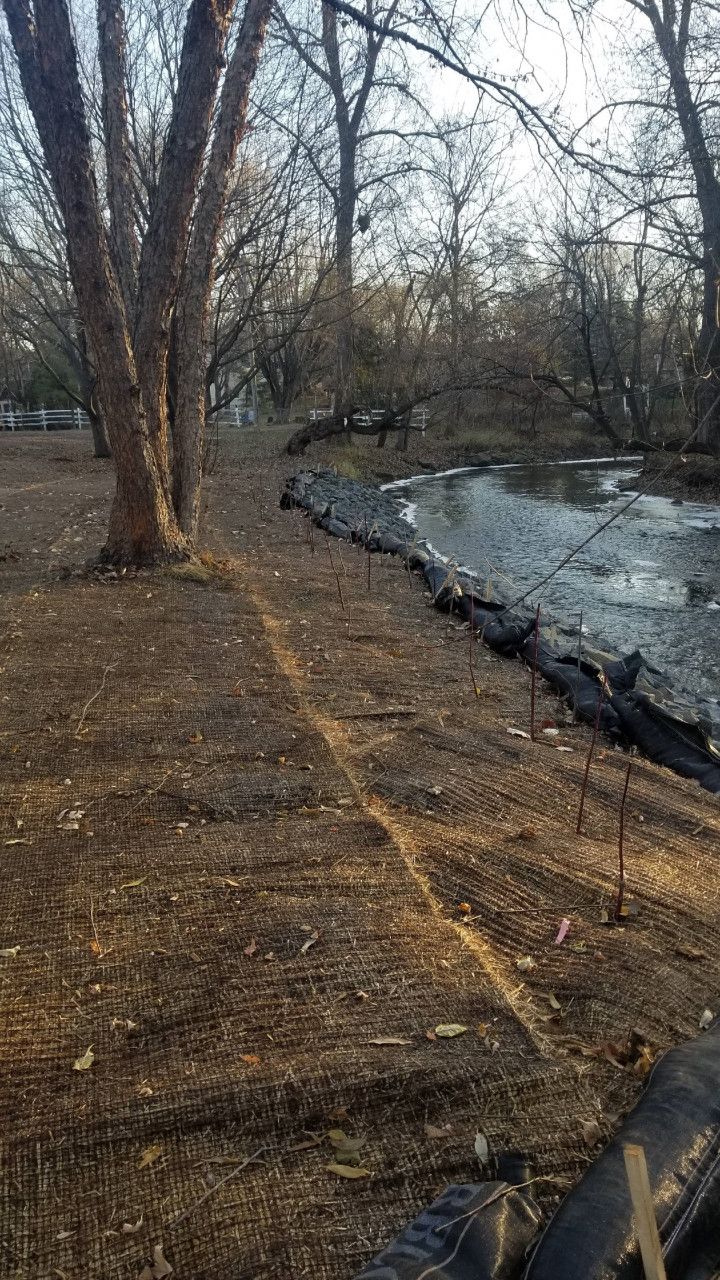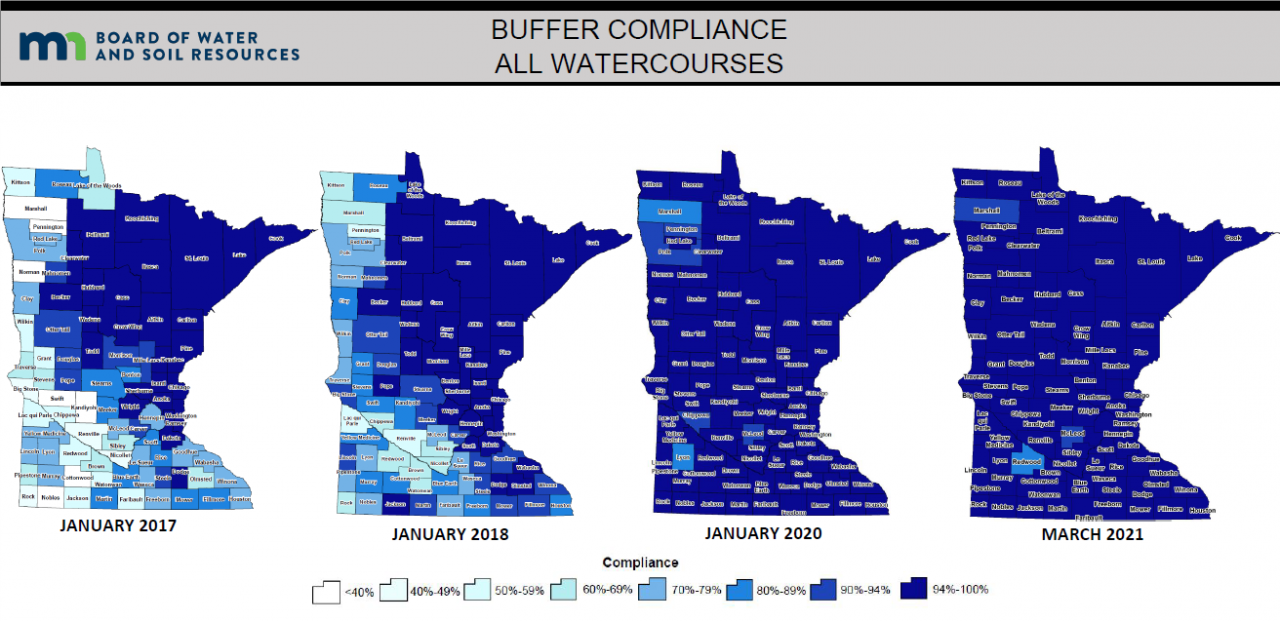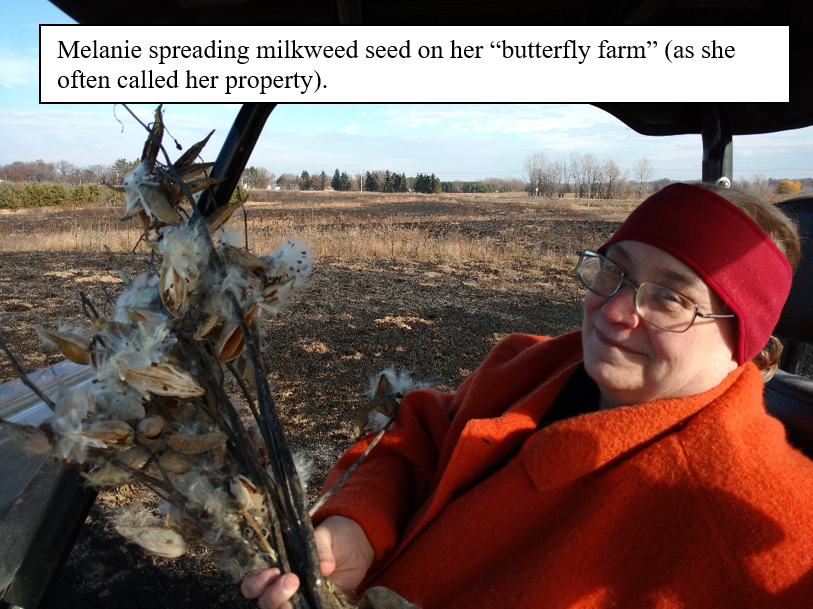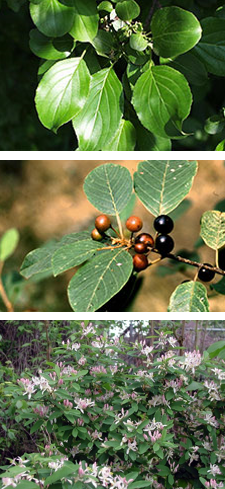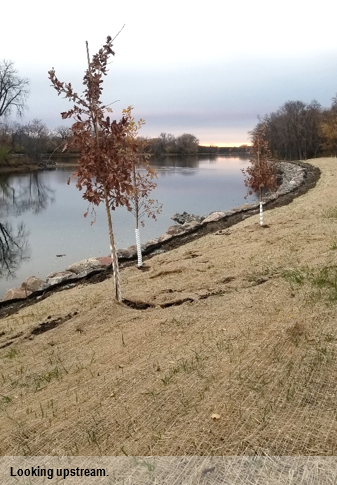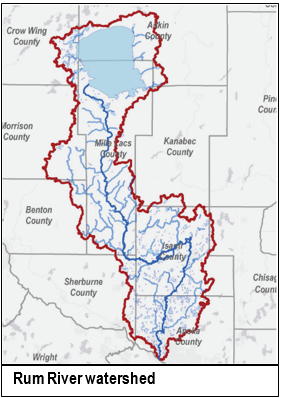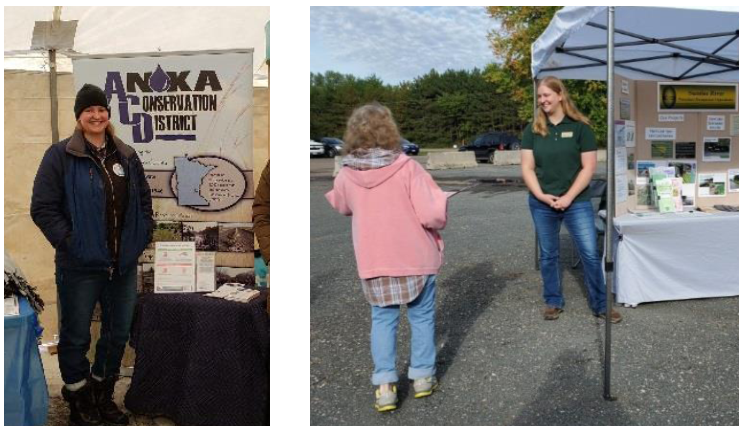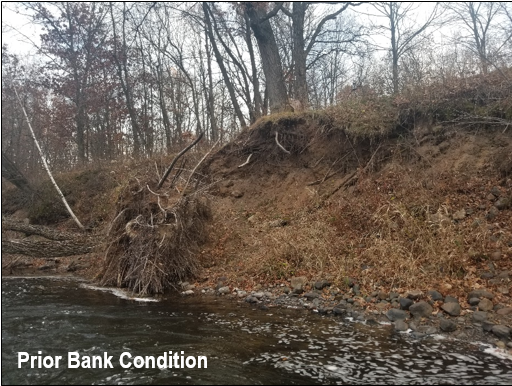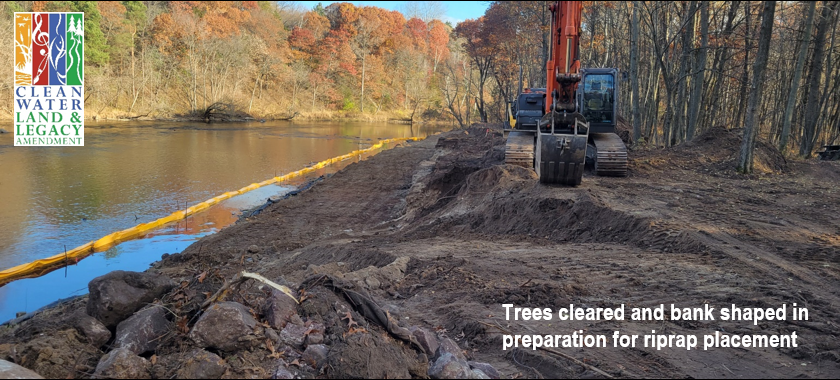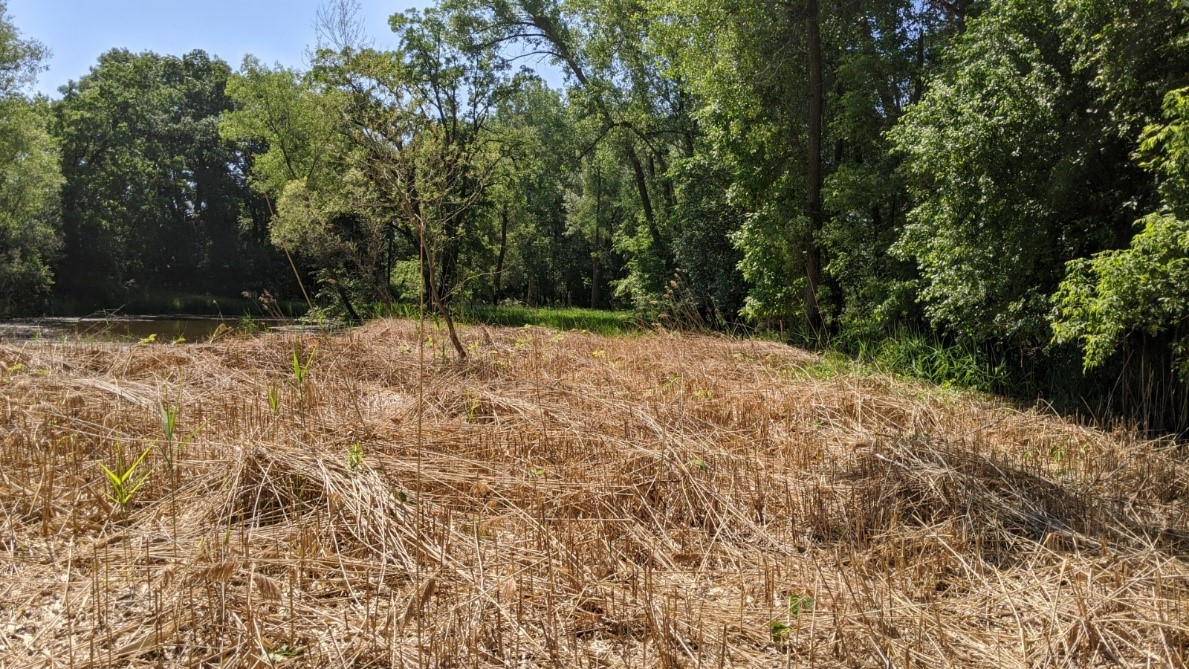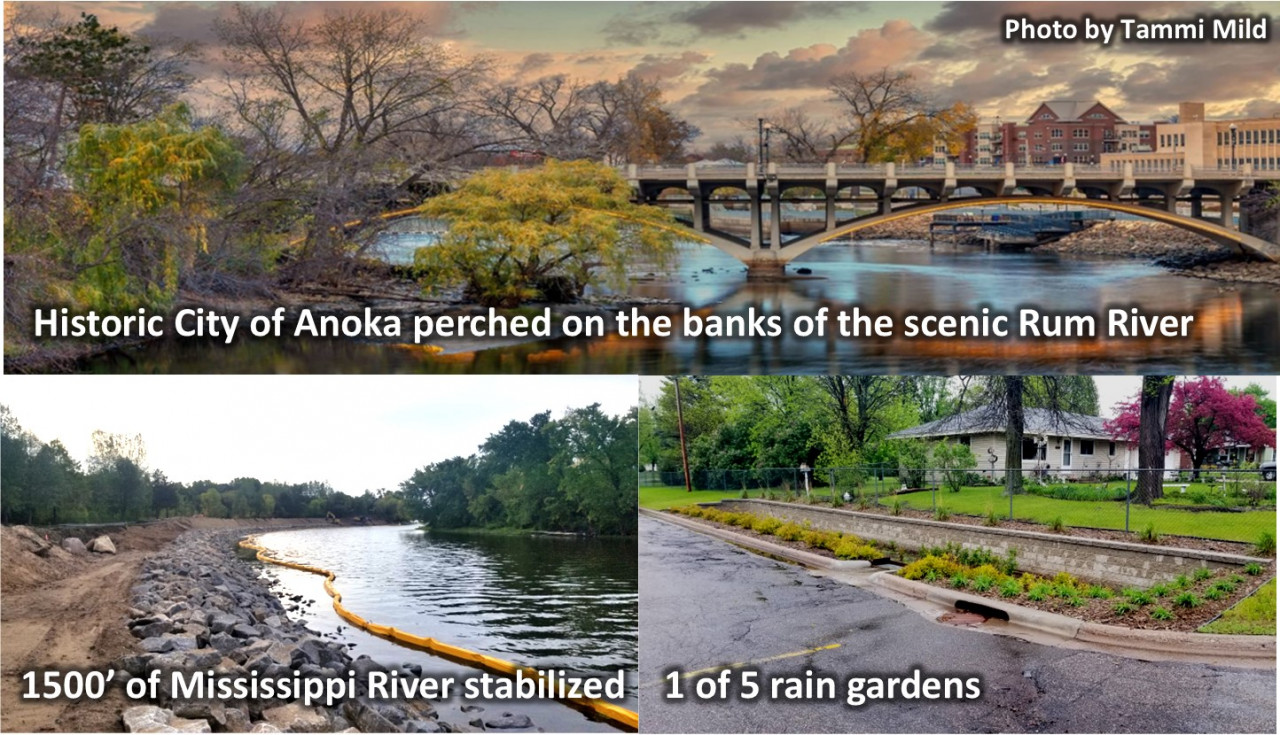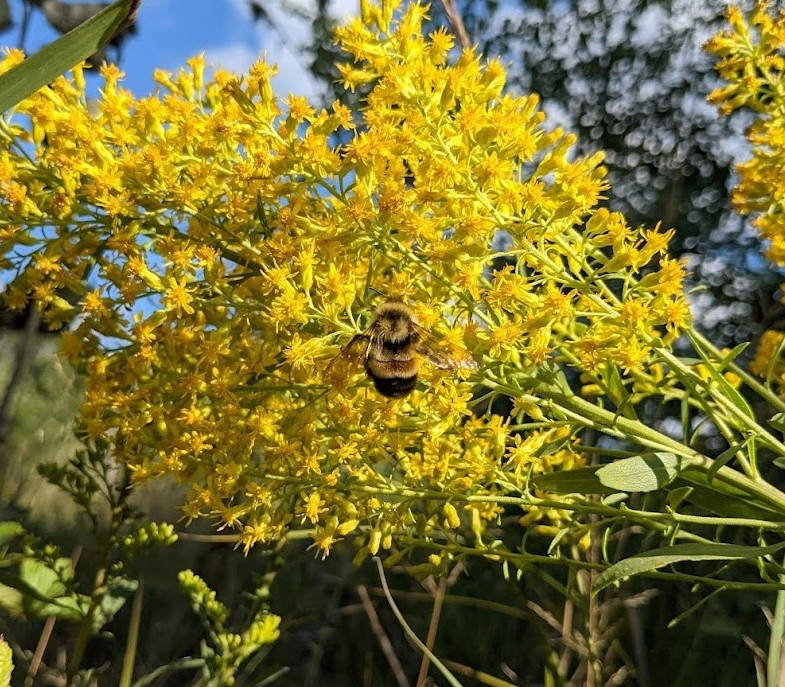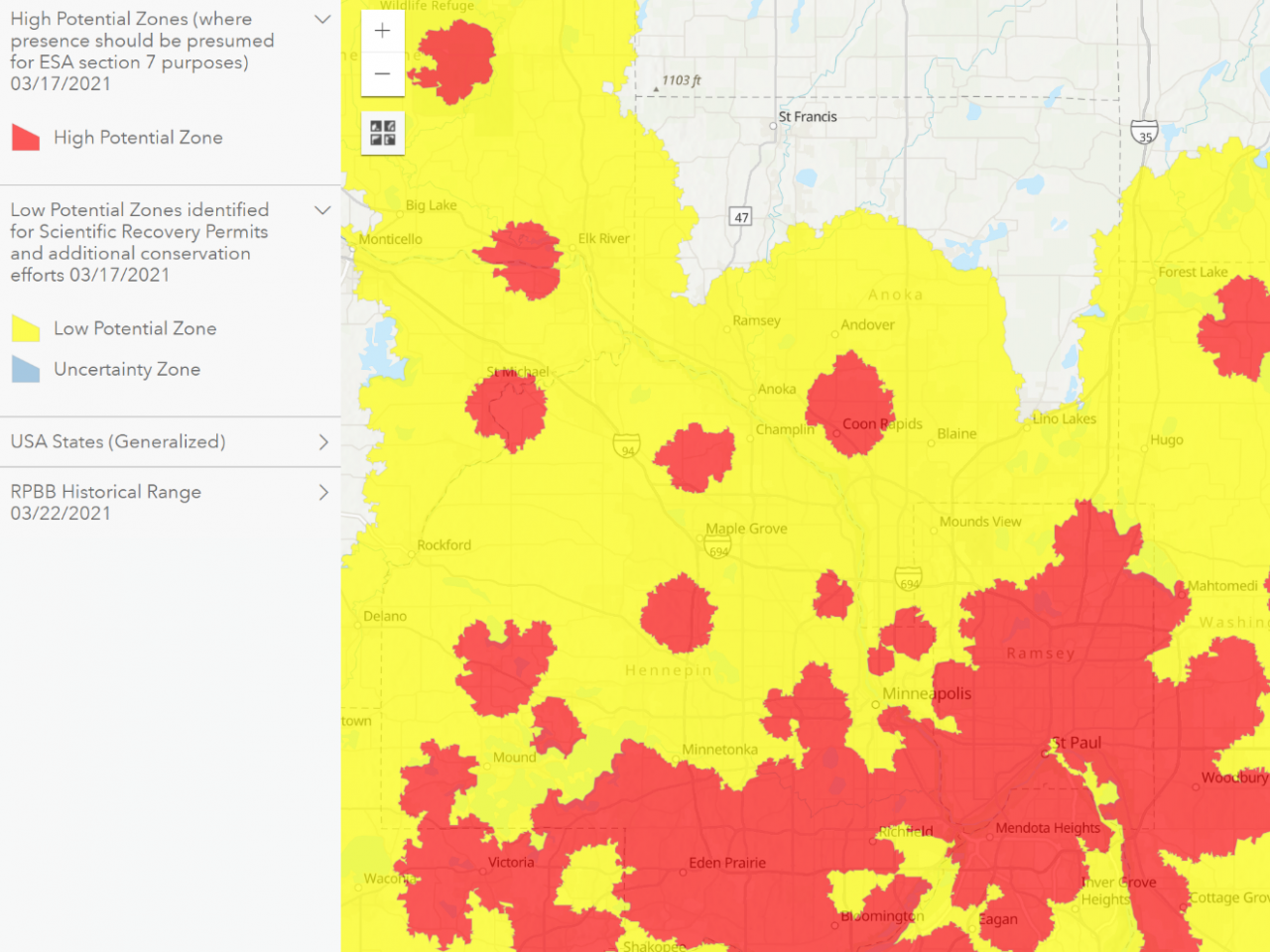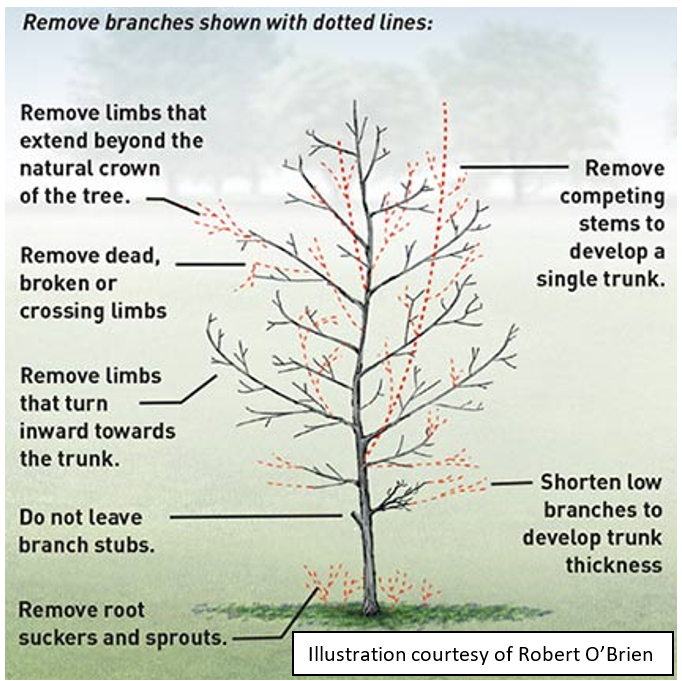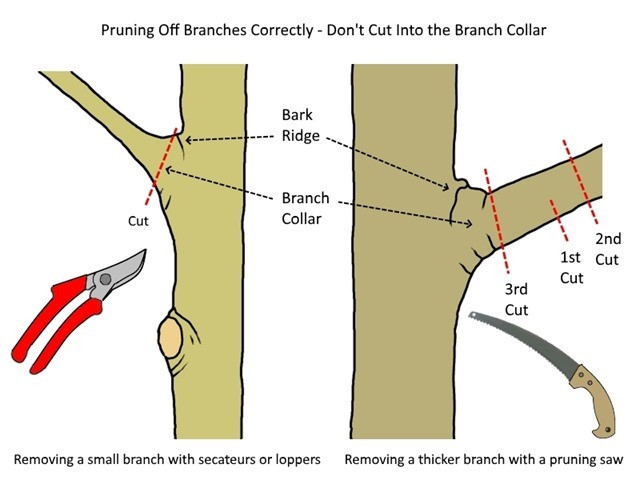When coworkers find exciting career opportunities that entice them to move on, we share in their excitement, while also lamenting that we won't be working with them any longer. Having accepted a position with Hennepin County, Outreach and Engagement Coordinator Emily Johnson's last day with ACD is November 12, 2021.
Emily originally joined ACD in September of 2017 as a MNGreenCorps member and accepted a position with ACD one year later as our first Outreach and Engagement Coordinator. She holds a Bachelor's Degree in Biology with a minor in Geology from Macalester College and a Certificate in Environmental Education from Hamline University. Emily coordinated the newly established Anoka County Water Resource Outreach Collaborative, created outreach materials and programs, connected with target audiences, and built efficiency in achieving outreach goals throughout the county.
Emily's work general fit into three categories:
- Outreach – connecting with people;
- Information – enhancing the public's understanding of our shared natural resources; and
- Engagement – providing the public with opportunities to take action to make a difference.
In Emily's first 15 months on ACD's staff, she set an unimaginable standard by:
- tabling 40 event booths and interacting with nearly 5,000 people;
- coordinating 27 presentations to a combined audience of over 1,600; and
- hosting 15 conservation action oriented workshops for over 300 residents.
COVID-19 swept across the country in 2020, severely limiting the ways in which Emily was able to connect, inform and engage the public. During that time, Emily prepared the Community chapter in ACD's new 10-year comprehensive plan, which focuses on how to tap into Anoka County's human resources to result in positive conservation outcomes. Emily also enhanced ACD's visibility in the community by initiating monthly digital snapshots of our work as well as more comprehensive quarterly newsletters. Quickly adapting to virtual meetings and events, Emily forged ahead with outreach and engagement despite COVID-19 barriers. She redirected her attention to enhancing social media content, mastering virtual meeting technologies, refining digital web content, and creating outreach materials.
Emily created durable outreach materials in the form of displays, brochures, videos, articles, and website/social media content. The impact of these materials grows with each reading, viewing, and/or use. By the end of 2020 Emily's three videos received over 10,000 views. As of today, that has grown to nearly 22,000.
Whether tabling a booth on a frigid day on one of Anoka County's frozen lakes or engaging with a landowner at a community event, Emily always did so with an inviting smile, an infectious energy, and a compelling understanding or our natural resources.
Emily brought to ACD a talent set that will be hard to replace: social media and communications coordinator; outreach technologies engineer; sociologist and public engagement expert; event organizer; and natural resources steward. Brimming with talent, intelligence, dedication, professionalism, and a personable disposition, Emily is bound to succeed at whatever endeavor she tackles. Staff and supervisors at ACD wish her the very best and hope to collaborate with her in her new position at Hennepin County.

